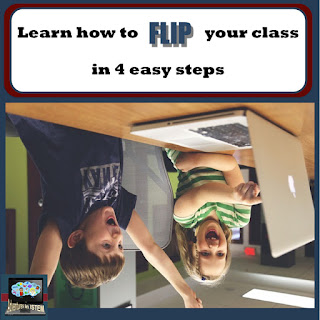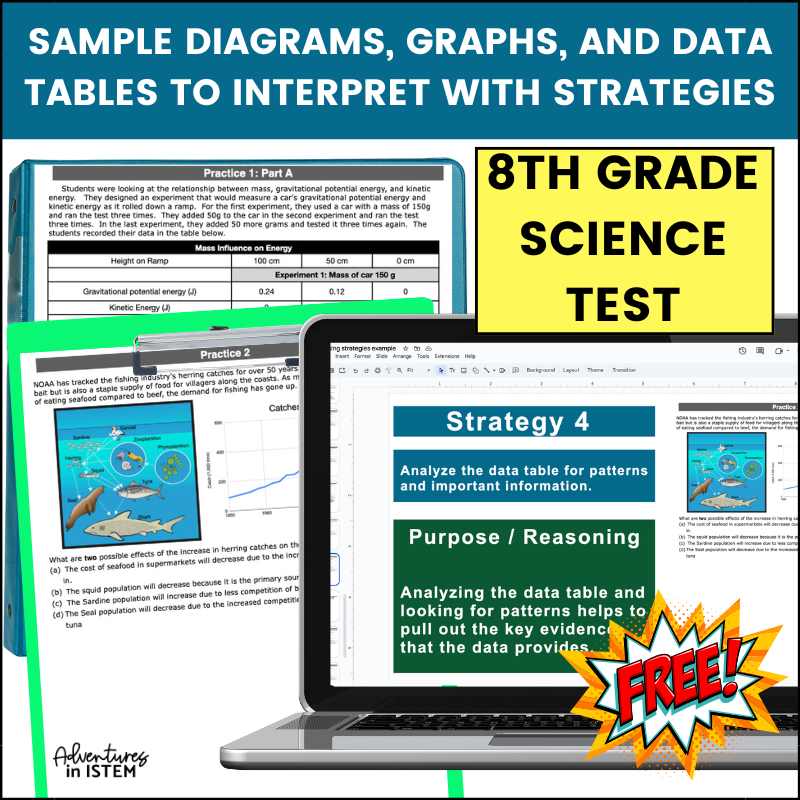As I stated in part 1 of the flipped classroom model in science, last year I decided to take the leap and flip my middle school science class using the flipped classroom model. I did not flip every lesson, only the beginning of every unit. At the end of every quarter, I always asked the students to reflect on their learning and my teaching. The results of the flipped lessons were always the same. More than 95% of my students continuously said the flipped lessons were the most useful in helping them learn the basic information.
In the first part of this series, I explain why my students like the flipped classroom model and how to choose the format.
To help me in making my “flip” easier I came up with the acronym FIRE: Format, Interact, Reflect, and Extend. By following these four easy steps it made flipping my class a lot easier.
 |
Flipped Classroom Model in Science- Step 2: Interact
The second step you need to consider is how are the students going to interact with the format. One way you can have the students interact is by having them take notes. When you ask them to take notes make sure you give them some questions you would like them to be able to answer. This way they will be better focused when they are doing their assignment. I found that if I just told my students to take notes they would either have way to much and would write everything down or they would have very little and missed the most important parts. By providing them a road map with the questions, it helped them to focus in on what type of information needed to go into their notes and it improved their note-taking skills.
Another way you can have them interact is by using a program like edpuzzle or zaption. These programs allow you to embed questions throughout the video. I use edpuzzle along with notes when my students are watching a video. I usually embed comments on key questions they should be answering and multiple-choice questions. I like the fact that I can have more than one answer for the multiple-choice. I can also put in open-ended questions and do voice comments if I want to point out something and have the students focus on a particular part.
It doesn’t matter what you chose as long as the students are interacting with the content. Flipping your class is not about watching videos, it is about learning the basics. To learn the basics it is imperative that the students are interacting with their learning.
After students interact with the lesson you will want them to reflect on their learning. In the flipped classroom model for science part 3, I discuss various ways for them to reflect and review.
Get started with this FREE guide to the flipped classroom model








